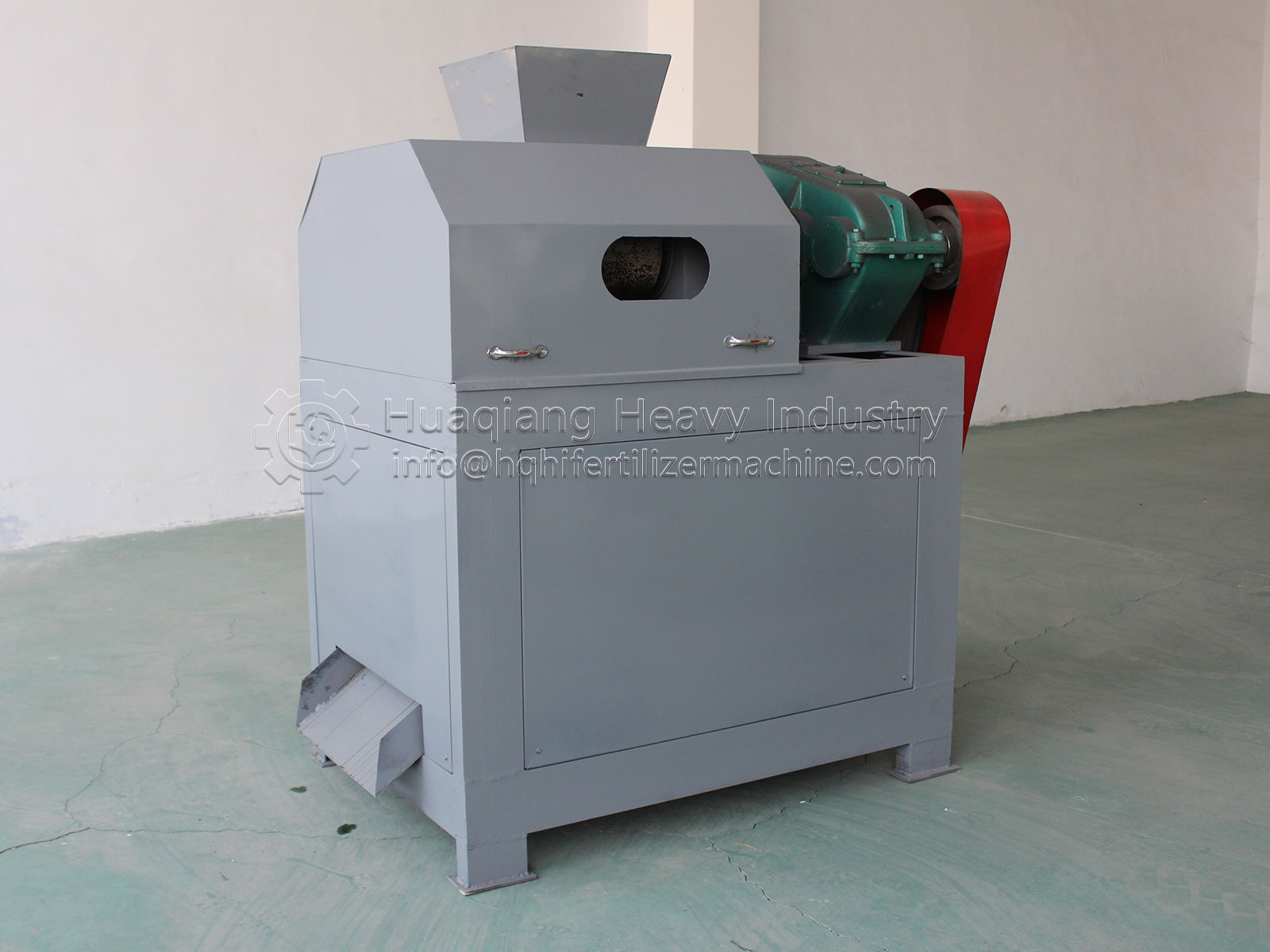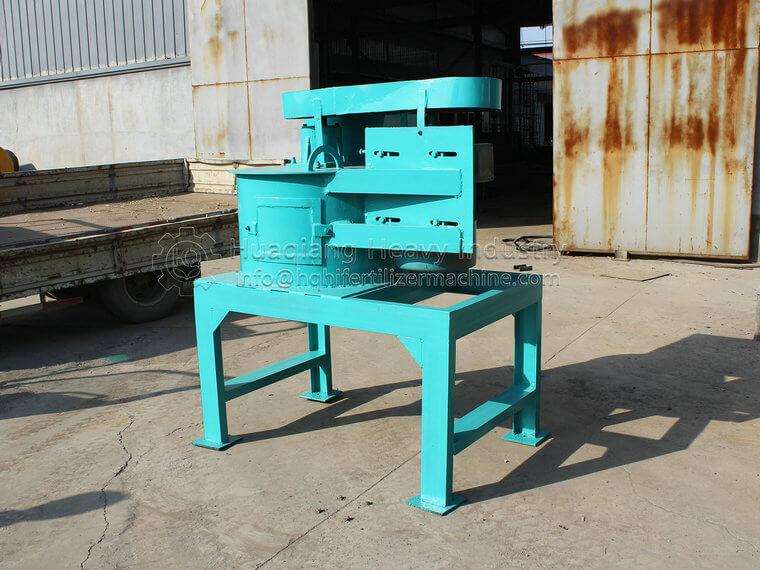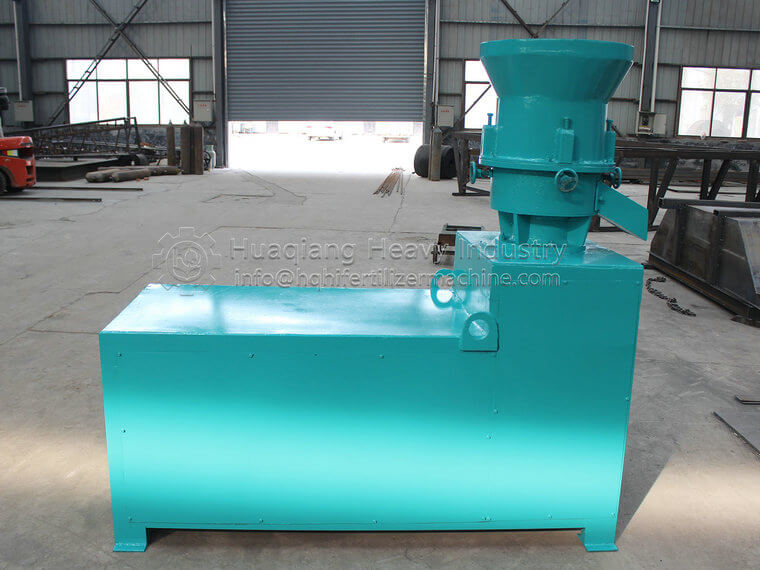Humidity of Organic Fertilizer Raw Material Fermentation and Selection of Pelletizer
The humidity after fermentation of organic fertilizer affects the choice of granulator. Common granulators include npk fertilizer granulator, counter-roll extrusion granulator, disc granulator machine, tooth stirring granulator, and drum granulator. Organic fertilizer fermentation moisture control: 65% organic fertilizer fermentation moisture, how to judge the moisture content? Grab a handful of material with your hand, you can see the watermark on your finger, but it will not drip, it will fall to the ground and scattered open. High moisture content can lead to poor ventilation, slow temperature rise and unpleasant odors. High water content can be achieved by adding straw, sawdust and mushroom residue. When the water content is too low, the fermentation is slow. When the water content is too low, the manure or clean water separated by the solid-liquid separator can be used to ensure the water content.

The difference between the model selection of organic fertilizer granulator is to choose the appropriate granulation method according to the requirements of the material. It’s just a big umbrella, with subdivisions and branches underneath it. It is mainly divided into two categories: dry method and wet method, and the fertilizer granulator machine price is also different.
Extrusion granulation does not require heating and humidifying materials, saving investment and energy, and is also suitable for granulation of heat-sensitive materials such as ammonium bicarbonate and some organic fertilizers. The non-dry extrusion granulation technology and characteristics of the counter-roll extrusion granulator The non-dry extrusion granulation process of the counter-roll extrusion granulator has a wide range of applications in powder particle processing. The organic fertilizer granulator should granulate and process the raw materials fermented within the specified range. It breaks through the characteristics of large reverse material, high water content, low strength, uneven particle size or air-drying in the air, small output and low output of the disc granulator.






.jpg)
